
Voices across the drinks industry have slammed the Department for Health & Social Care’s decision not to change labelling rules for low and non-alcoholic drinks.
DHSC mounted a public consultation into how low and non-alcoholic drinks are labelled and sold in March ahead of the expiration of the Food Labelling Regulations 1996 next month.
Under current rules drinks can be labelled ‘low-alcohol’ if they’re below 1.2% abv, ‘de-alcoholised’ if they’re lower than 0.5%, ‘alcohol-free’ for products 0.05% abv or lower and ‘non-alcoholic’ can only be used to refer to religious drinks such as communion wine.
But in a letter to respondents this week, seen by The Grocer, DHSC revealed guidelines would remain the same, although they would be enshrined in guidance rather than legislation.
Portman Group CEO John Timothy said he was “disappointed” by the outcome. “Clarity and consistency on descriptors would have brought the UK in line with the rest of Europe, creating a level playing field for our drinks producers as well as giving consumers greater clarity around what they are buying.
“Producers continue to invest heavily in the development of new and exciting low & no products but this risks being undermined by an insistence on retaining outdated and confusing product descriptors.”
Many brewers argue these rules mean British producers are put at a disadvantage against their European counterparts, who are free to label beers as alcohol-free if they are 0.5% abv or lower.
“Bitterly disappointed”
The British Beer & Pub Association said it was “bitterly disappointed” with the results of the consultation.
“Changing the current definition of ‘alcohol-free’ beer from 0.05% abv to 0.5% abv - as we suggested during the consultation process - would have brought the UK in line with the rest of Europe and other global markets,” said its CEO Brigid Simmonds. “This creates the perverse situation whereby beers at 0.5% abv produced in Europe can be sold in the UK as ‘alcohol-free’, but British brewers brewing at the same strength must label their beer differently. This is discrimination and will create confusion for consumers.”
She similarly lamented that there would be no introduction of a new descriptor for lower-alcohol beers of 1.2% abv or above, the potential for which was also discussed in the consultation. The DHSC letter said it had seen ‘no compelling evidence’ to introduce new descriptors.
“A decision by the Australian government to introduce tax reductions for ‘lighter’ beer has already led to growth of such beers occupying 25% of the market there. This decision by the UK government represents a missed opportunity to provide a similar incentive here.”
Chris Hannaway of low-alcohol brewer Infinite Session echoed the BBPA’s thoughts. “We find day in and day out that people don’t really understand the difference between alcohol-free, low-alcohol and non-alcoholic… they don’t understand what different abv levels mean for them,” he said.
It comes as the major mults have jumped on the low and non-alcoholic bandwagon over the past year. Tesco, for instance, now has dedicated low and non fixtures in many of its stores.
“We’re now at a time where the category is really beginning to move,” said Hannaway. “These labelling rules were brought in more than 20 years ago and I thought this could have been a really good opportunity to get behind the shift towards people drinking less and help fuel it.”




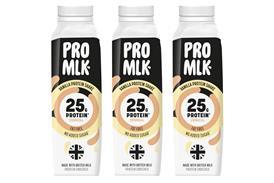


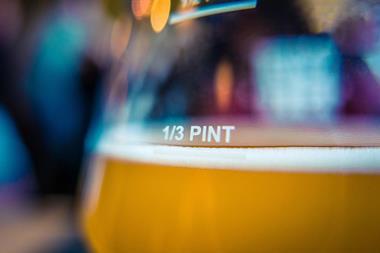
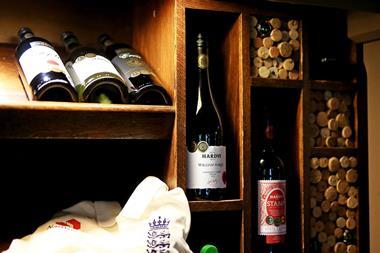

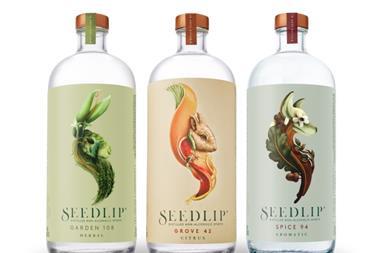
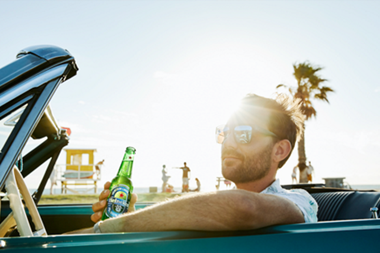


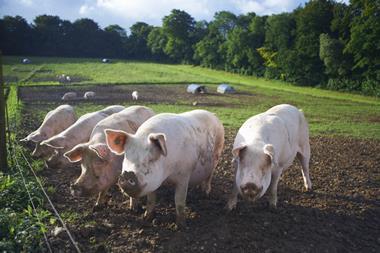




No comments yet